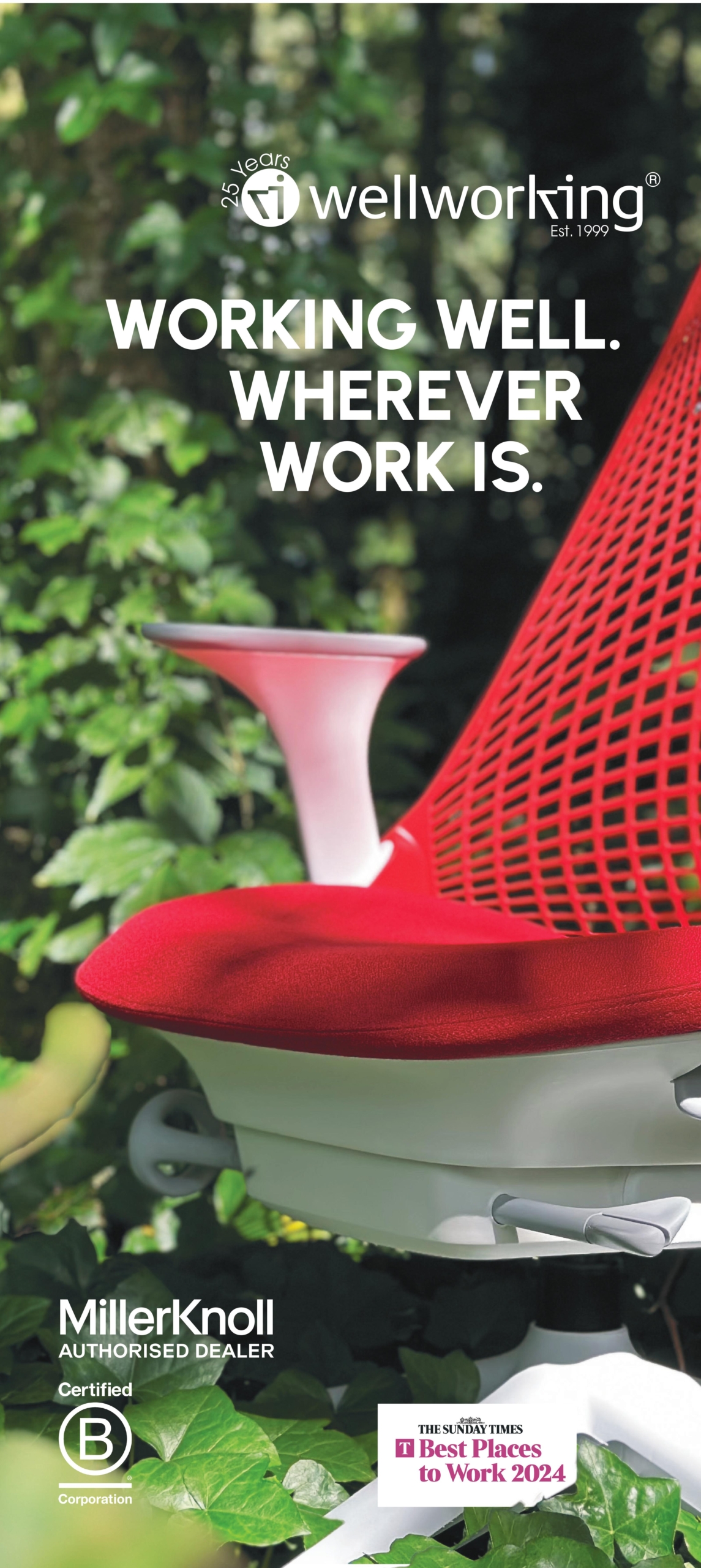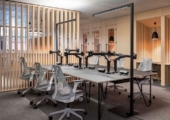July 13, 2016
Gensler publishes latest US and UK Workplace Surveys for 2016 0
 Gensler has announced the results of its Workplace Survey 2016 for both the UK and the US. Key claims of the UK report based on a study of 1,210 respondents include that the UK workforce seems to be divided into ‘haves and have-nots’, with mid and lower-tier workers confined to poor quality environments, 67 per cent of the workforce feel drained due to their office environment at the end of each day and that ‘innovators’ spend just 3.5 days of the working week in the office, highlighting the need for greater flexibility. Meanwhile, the key finding of the US study of 4,000 respondents is that a statistical link between the quality and functional make-up of the workplace and the level of innovation employees ascribe to their organisation, and found that a workplace that prioritises both individual and group work creates ‘an ecosystem of innovation’ across organisations and is a crucial predictor of how innovative an employee sees their company to be.
Gensler has announced the results of its Workplace Survey 2016 for both the UK and the US. Key claims of the UK report based on a study of 1,210 respondents include that the UK workforce seems to be divided into ‘haves and have-nots’, with mid and lower-tier workers confined to poor quality environments, 67 per cent of the workforce feel drained due to their office environment at the end of each day and that ‘innovators’ spend just 3.5 days of the working week in the office, highlighting the need for greater flexibility. Meanwhile, the key finding of the US study of 4,000 respondents is that a statistical link between the quality and functional make-up of the workplace and the level of innovation employees ascribe to their organisation, and found that a workplace that prioritises both individual and group work creates ‘an ecosystem of innovation’ across organisations and is a crucial predictor of how innovative an employee sees their company to be.


































July 22, 2016
The people centric urge to personalise space helps firms to engage employees 0
by Paul Goodchild • Case studies, Comment, Wellbeing, Workplace design
More →